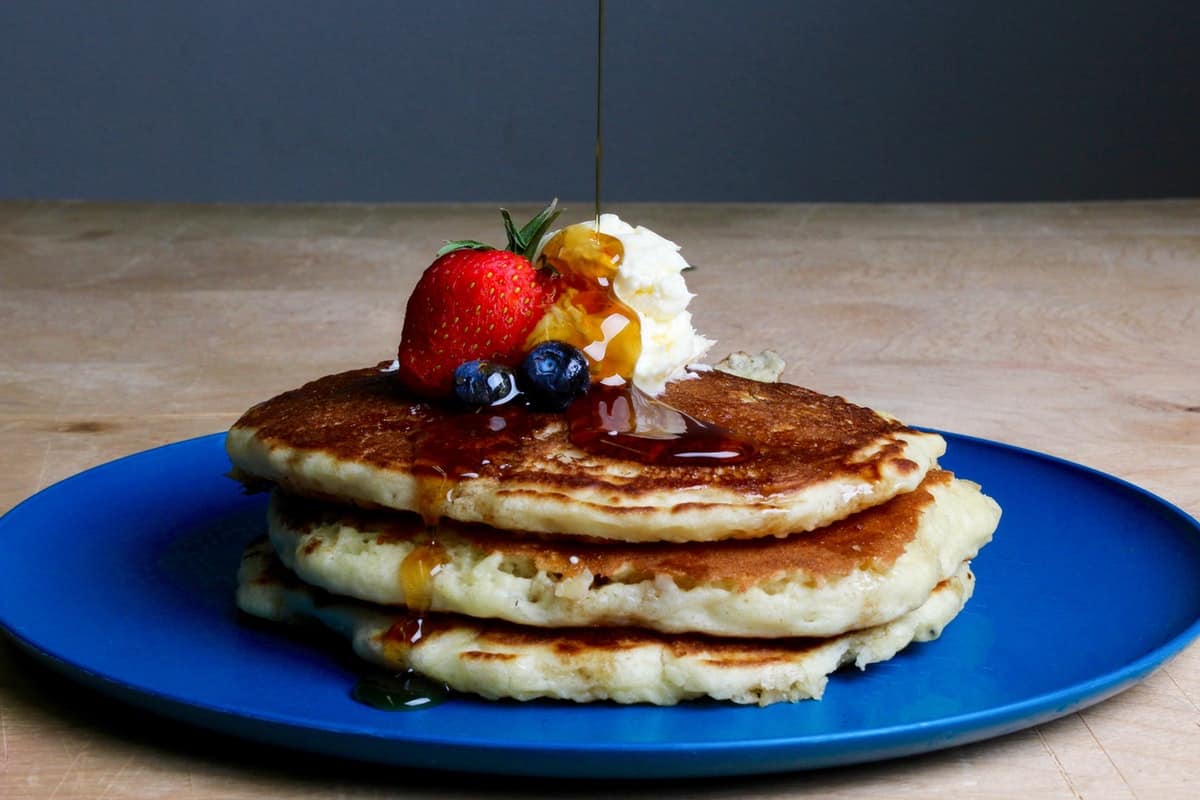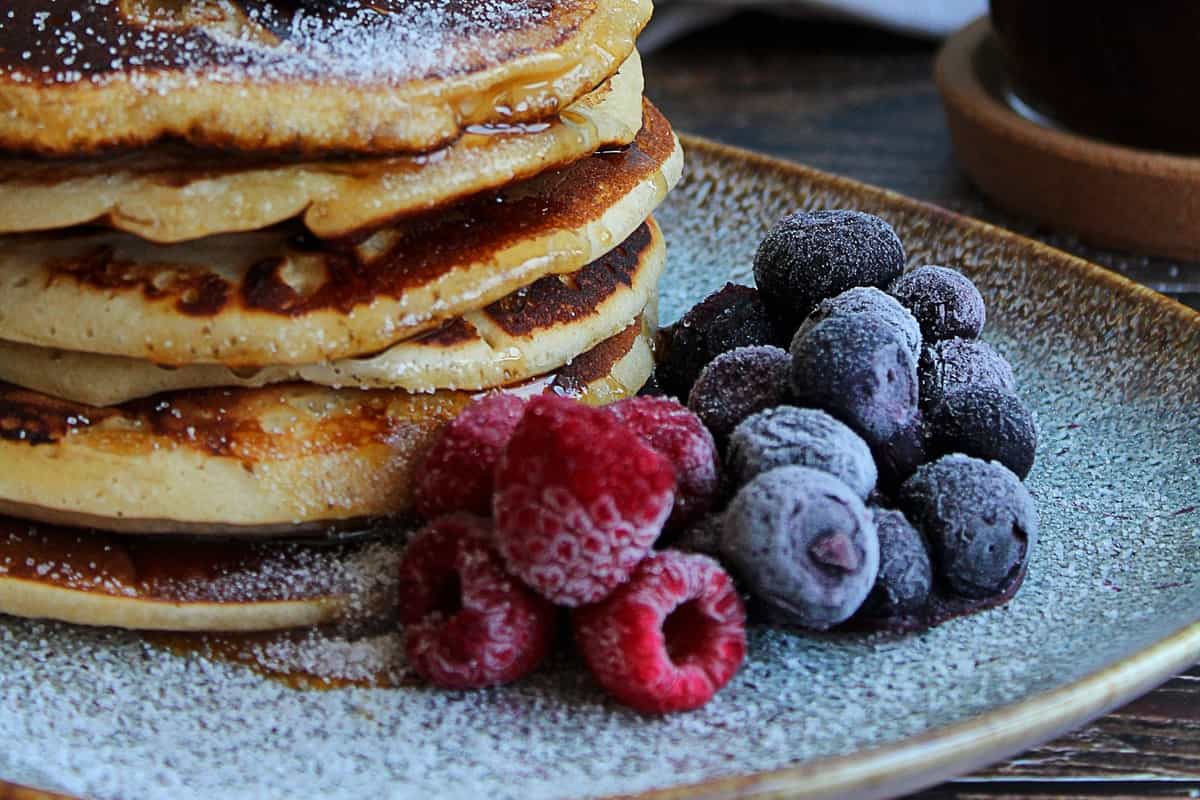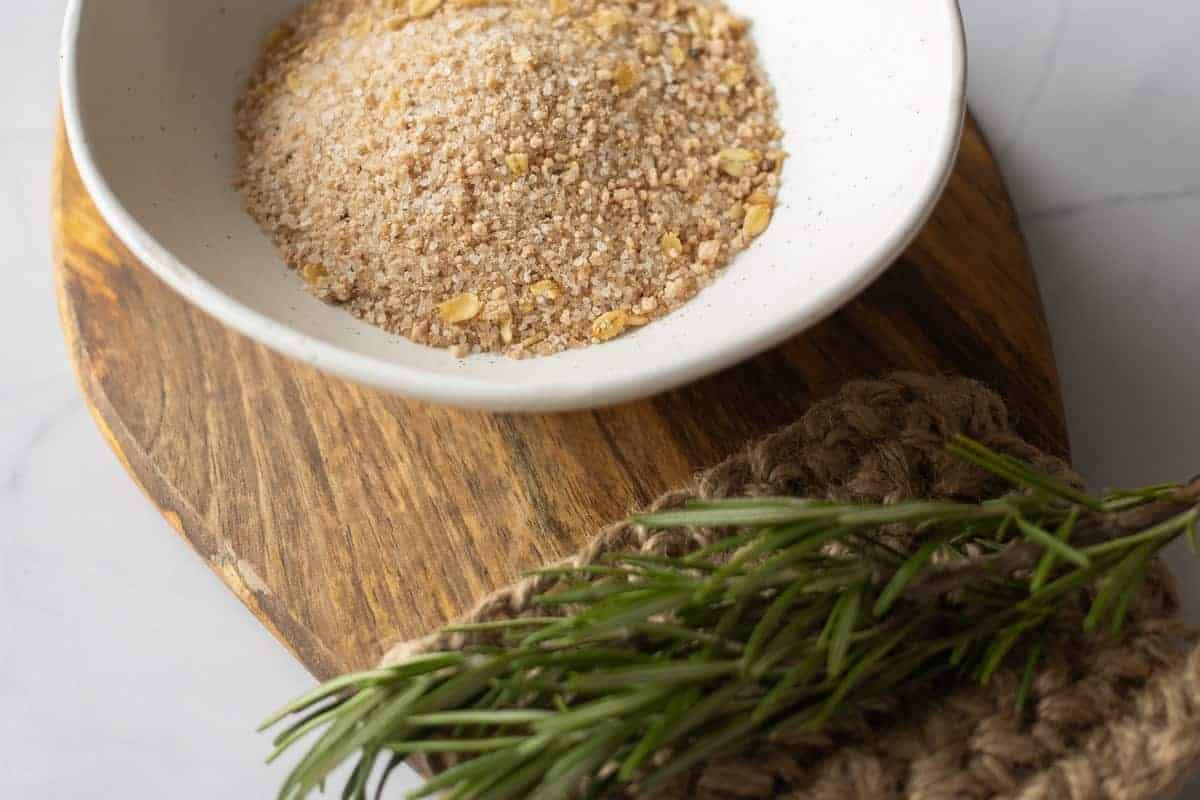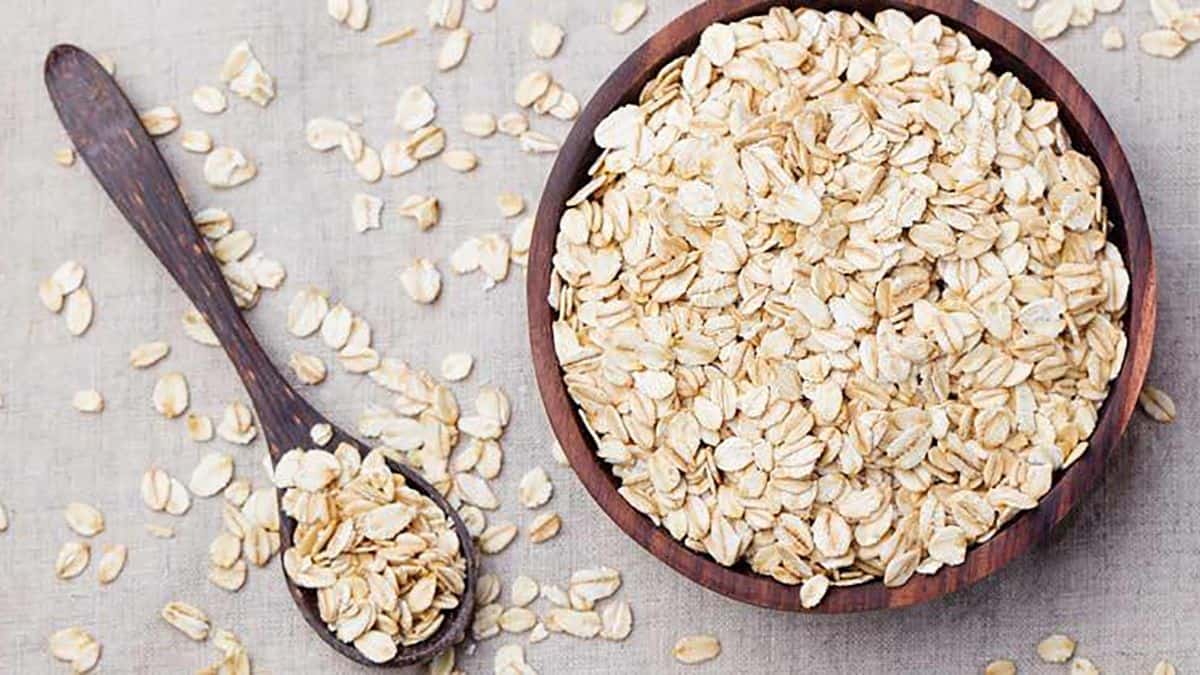The oat flakes are one of the best foods that an athlete can include in their regular diet. It is the highest quality cereal due to its supply of complex carbohydrates and fiber, not to mention the concentration of essential micronutrients it contains. As a breakfast item, it is fantastic.
However, there are many ways to prepare oat flakes to avoid falling into monotony and ensure that the diet generates enough adherence.
This way, the athlete will remain comfortable and will not struggle to follow the guidelines as time goes on. This will lead to great results.
What benefits do oat flakes have?
First, let’s discuss the main benefits of including oat flakes in athletes’ diets. We are talking about a product that provides a large amount of low glycemic index carbohydrates.
These nutrients help improve performance in anaerobic efforts and increase recovery capacity, especially when administered alongside high biological value proteins (1).
On the other hand, oats are one of the cereals with the highest fiber content. It contains a significant portion of the soluble fraction of fiber, a substance that ferments inside the human intestine, serving as an energy substrate for the bacteria that make up the microbiota (2).
Specifically, oats are a source of beta-glucans, which are associated with a lower incidence of digestive pathologies.

Additionally, the fiber itself has the ability to stimulate the feeling of satiety (3). Thanks to this, it becomes much easier to plan a hypocaloric menu at a given time of the season, thus optimizing body composition.
It is crucial to avoid the genesis of appetite when trying to lose weight, as otherwise, it would cause a situation of anxiety that would affect adherence to the prescribed diet.
Finally, the presence of essential minerals inside oat flakes should not be underestimated. It contains a portion of iron, an element that helps prevent anemia situations (4).
While it is true that animal-derived iron is better absorbed, there is always the option of administering the mineral with a dose of vitamin C to enhance its availability.
How are oat flakes eaten?
The alternatives for preparing oat flakes are varied. They can be adapted to each person’s tastes. It is even possible to consume this food as is, without cooking.
However, it is good to keep in mind that a cooking or grinding process will always facilitate the absorption of nutrients thanks to a partial destruction of the food’s fibers.
Porridge
This is one of the more elaborate options. Oat flake porridge contains the cereal, along with milk or plant-based drink and a selection of high-quality fresh ingredients. Among all of them, fruit or even nuts can be highlighted. Cocoa is also a common addition.
As a result, you get an energetic dish that can be consumed at breakfast or as a snack.
Moreover, porridge is a source of antioxidants and essential micronutrients. It is also possible to add a portion of whey protein powder to achieve a much more complete macronutrient profile, thus generating excellent recovery after exertion.
Oat flake pancakes
For those who have more time and enjoy egg recipes, oat flake pancakes are an excellent option.
The cereal is usually combined with the egg and a portion of milk or plant-based drink to create the body of the pancake, which will later be cooked in a pan with extra virgin olive oil to prevent sticking.

Once the pancakes are made, you will need to choose the accompaniment. Sliced fruit is a safe bet, although there are many flavored syrups on the market without added sugars that can be an excellent option.
However, one should not overuse these types of foods. They contain a significant amount of artificial sweeteners, elements that could negatively impact the composition of the intestinal microbiota.
Oat shake
The shake is a quick alternative to include oat flakes in routines without much effort. Just include the cereal in a blender cup along with fruits, milk or plant-based drink, cocoa, coffee, nuts… there are many ingredients that can serve as accompaniment.
The result can be easily transported, consumed immediately or kept refrigerated for a few hours.
It is good as an energy preparation before a sports activity. Digestion will be quick, as the mechanical destruction of the fibers increases the glycemic index of the ingredients that make up the preparation. However, its consumption at night is not the most appropriate.
When the sun sets, the body loses some capacity to metabolize sugars, so it is advisable to choose complex carbohydrates to not alter blood glucose levels too much.
What amount of oat flakes to take?
As you have seen, there are several benefits derived from including oat flakes in the diet. This food is one of the highest quality sources of carbohydrates, excellent for athletes who undergo demanding physical work sessions.
Those who aim to increase their muscle mass percentage should also include oats in their routines, as it efficiently activates the anabolic pathways of metabolism.
Finally, keep in mind that it will be crucial to plan a varied diet to avoid deficits of essential nutrients that could affect the efficiency of human physiology.
Otherwise, health could be compromised in the medium term. In case of doubt, the best option is to consult a nutrition professional to obtain a personalized menu according to the individual situation.
Bibliographic references
- Alghannam, A. F., Gonzalez, J. T., & Betts, J. A. (2018). Restoration of Muscle Glycogen and Functional Capacity: Role of Post-Exercise Carbohydrate and Protein Co-Ingestion. Nutrients, 10(2), 253. https://doi.org/10.3390/nu10020253
- Jayachandran, M., Chen, J., Chung, S., & Xu, B. (2018). A critical review on the impacts of β-glucans on gut microbiota and human health. The Journal of nutritional biochemistry, 61, 101–110. https://doi.org/10.1016/j.jnutbio.2018.06.010
- Warrilow, A., Mellor, D., McKune, A., & Pumpa, K. (2019). Dietary fat, fibre, satiation, and satiety-a systematic review of acute studies. European journal of clinical nutrition, 73(3), 333–344. https://doi.org/10.1038/s41430-018-0295-7
- DeLoughery T. G. (2017). Iron Deficiency Anemia. The Medical clinics of North America, 101(2), 319–332. https://doi.org/10.1016/j.mcna.2016.09.004


